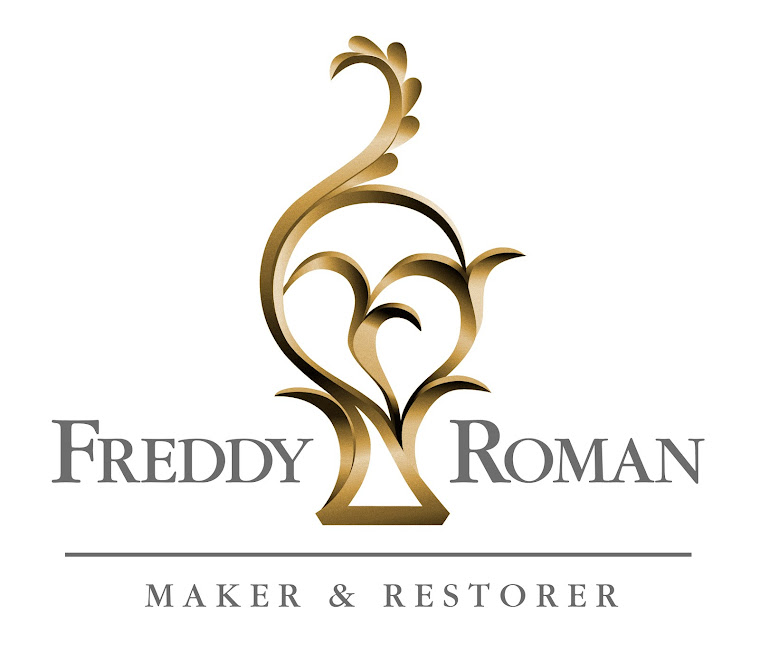The use of veneer can be traced back to the Egyptians. The image seen here was taken from the book; To Make as Perfectly as Possible: Roubo on Marquetry and can still be purchase from Lost Art Press. Today most people associate veneer as cheap, or a means to cover a substrate of low quality materials.
I on the other hand believe that veneering once done well is by far the most effective way to use wood. The list of endangered species keeps growing! Access to exotic woods are becoming more expensive, harder to find, and the trees are not as big as they once were. Take a look at the forests, there is just no way we are going to have access to certain materials in the future.
How I look at it is veneer gives me access to rare woods; rosewood, boxwood, satinwood, burls (burrs), crotches, and so on. Some of these woods available only function in veneer for most likely the boards would twist, warp, cup, or bow so badly that we can't take advantage of it is full potential.
When I visit museums and admire the amazing array of furniture, I can't help but notice all the beautiful pieces covered in veneer. The craftsman of the period already knew then what we must start to understand more of. All this wood we love to play with isn't going to last, so lets make what we have go the distance.
Today most veneers are being sliced, which involves the log to be boiled. The boiling process varies per species and can take several days. The boiling process changes the charter of the wood, and the minerals and chemicals in the wood are removed. Giving us more a muted dull veneer, still beautiful but imagine the potential if it wasn't boiled. Once the log is ready to be cut it is placed on a lathe and a knife is engaged. As the log is turning a sheet of veneer is sliced. The sheets veneer are then run through a series of steamers to help dry the wood and are quickly stacked to prevent warping and wrinkling. There is no waste using this method, which is great. But here is the issue, veneer over its history went from 1/8" to 1/16" sawn veneer to 1/28" to 1/32" and now to 1/40" to 1/60". What was once seen as a method to save veneer and produce more yield turned into lets see how much more money can be made from slicing the veneer as thin as possible. Today veneer is often paper back because it is so thin and hard to work.
So where does that leave us? Well we are in luck, Certainly Wood offers a thick section of veneers for sale, and other manufactures do as well. But I also think its time to buy as much solid stock as you can and saw your own veneers. Or better yet if you can find old veneer stashed in an old shop buy it all. This is becoming more common than you may think. Veneer as I see it is an investment and will be in high demand in the future. Now I am not saying go hoard everything your get your hands on, for this too is an issue too often seen. Yet if you are like me working with veneer on a weekly basis than there is a need for inventory.
So stay tune and visit often for in future blog posts I will be sharing with you how to make a quartered sawn substrate/ground. I will also dive into my holy grail plane the toothing plane - its purpose, how to sharpen, and how to make the Don of Dons toothing plane in 5 mins. If that wasn't enough I will like to also show you how to flatten veneer and make/use a veneer flattening liquor. So stay tune and join me in the amazing world of veneer.
Cheers,
FR







